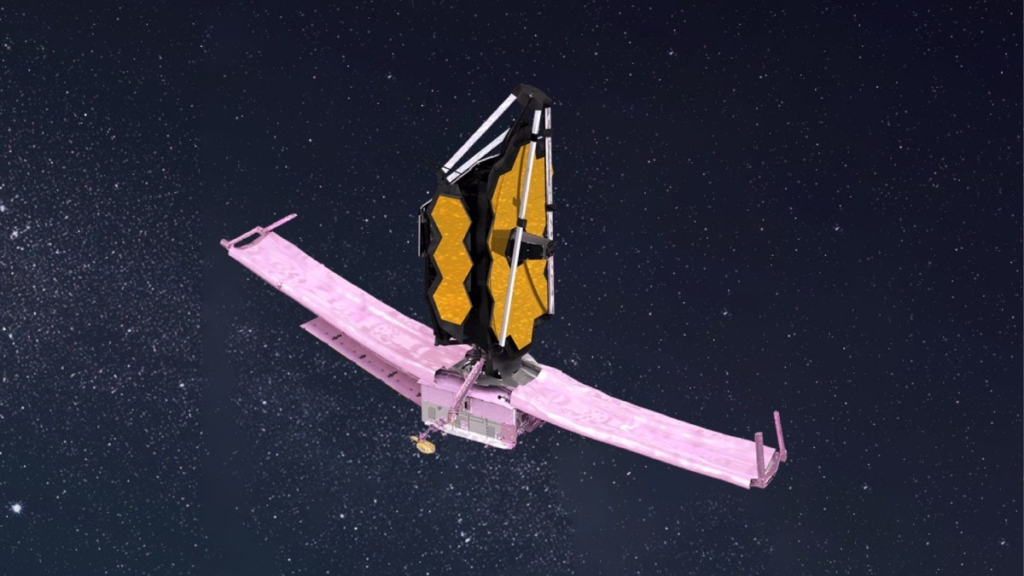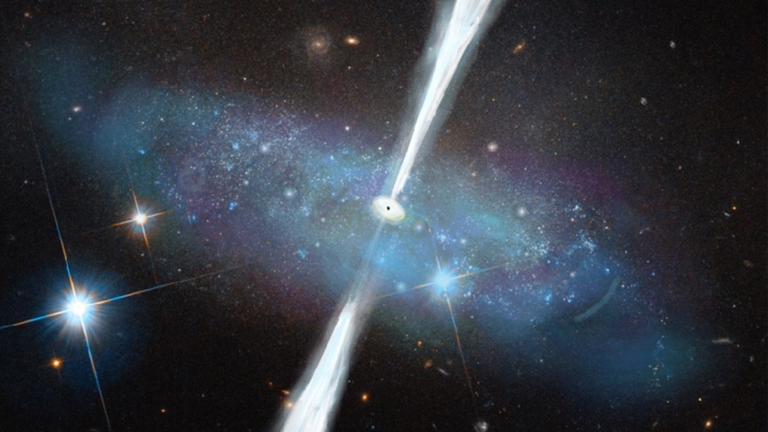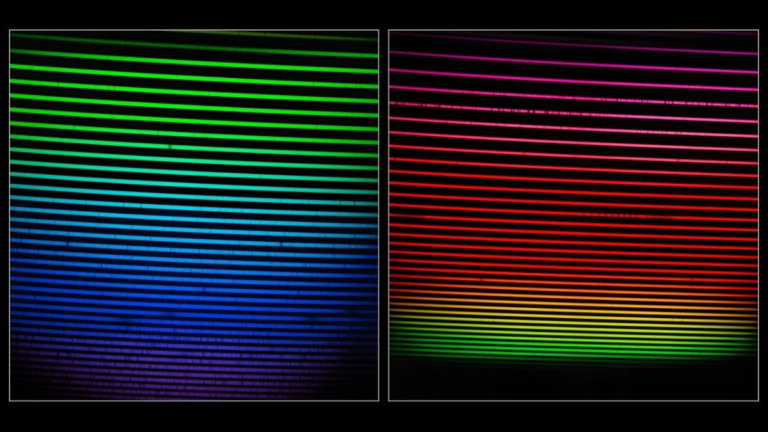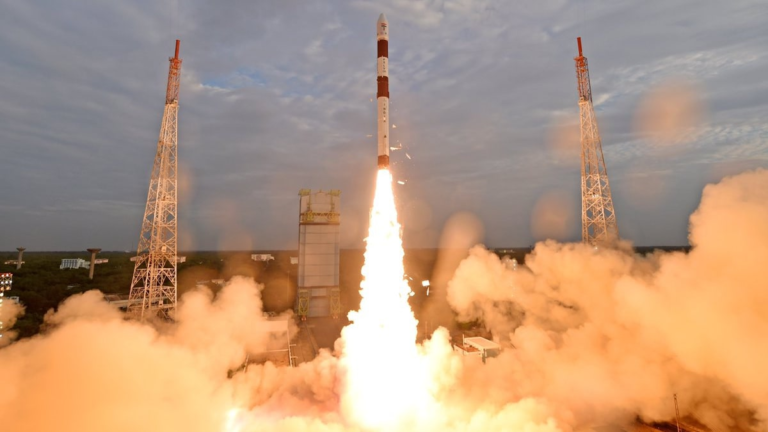
The James Webb Space Telescope will produce “spectacular colour images” of the cosmos in mid-July — its first observations dedicated to its mission of scientific discovery, an astronomer overseeing the project said on Monday.
The successor to Hubble has spent the last five months aligning its instruments in preparation for the big reveal, with scientists deliberately remaining coy about where the cameras will be pointed.
“We’d really like it to be a surprise,” Klaus Pontoppidan, a scientist at the Space Telescope Science Institute in Baltimore told reporters, adding that the secrecy was partly due to the first targets not yet being finalised.
NASA and its partners the European Space Agency (ESA) and Canadian Space Agency (CSA) formed a committee to create a ranked list of objects, which they now intend to work through.
Webb’s team has already released a series of star field images taken for calibration purposes, but the new photographs will be of astrophysics targets, key to deepening humankind’s understanding of the universe, said Pontoppidan.
These images will actually be shot in infrared, and then colourised for public consumption.
Visible and ultraviolet light emitted by the very first luminous objects has been stretched by the universe’s expansion, and arrives today in the form of infrared, which Webb is equipped to detect with unprecedented clarity — giving it an unprecedented view of the first stars and galaxies that formed 13.5 billion years ago.
Webb, which is expected to cost NASA nearly $10 billion (roughly Rs. 7,750 crore), is among the most expensive scientific platforms ever built, comparable to the Large Hadron Collider at CERN, and its predecessor telescope, Hubble.
Its mission also includes the study of distant planets, known as exoplanets, to determine their origin, evolution and habitability.
(This post is published through synication courtesy Gadgets 360)






